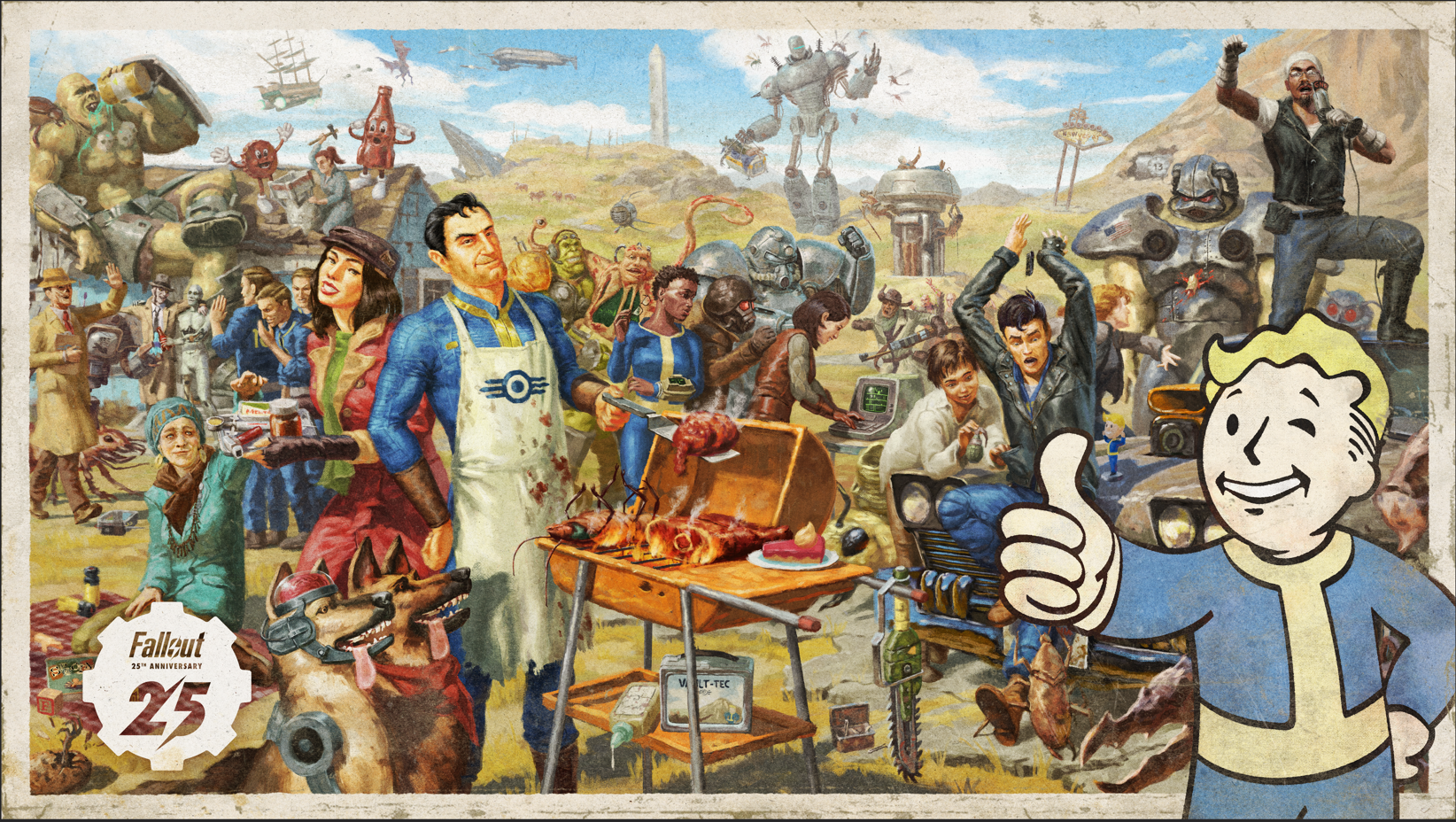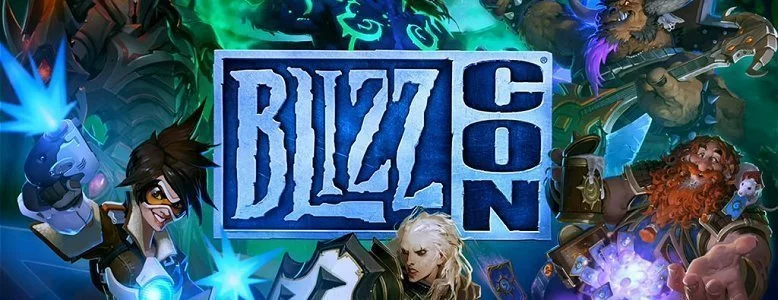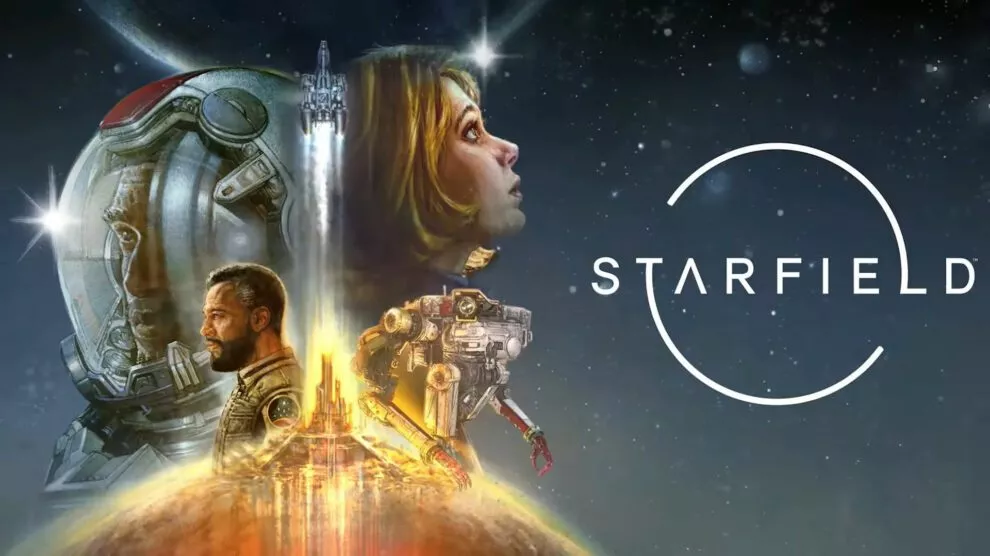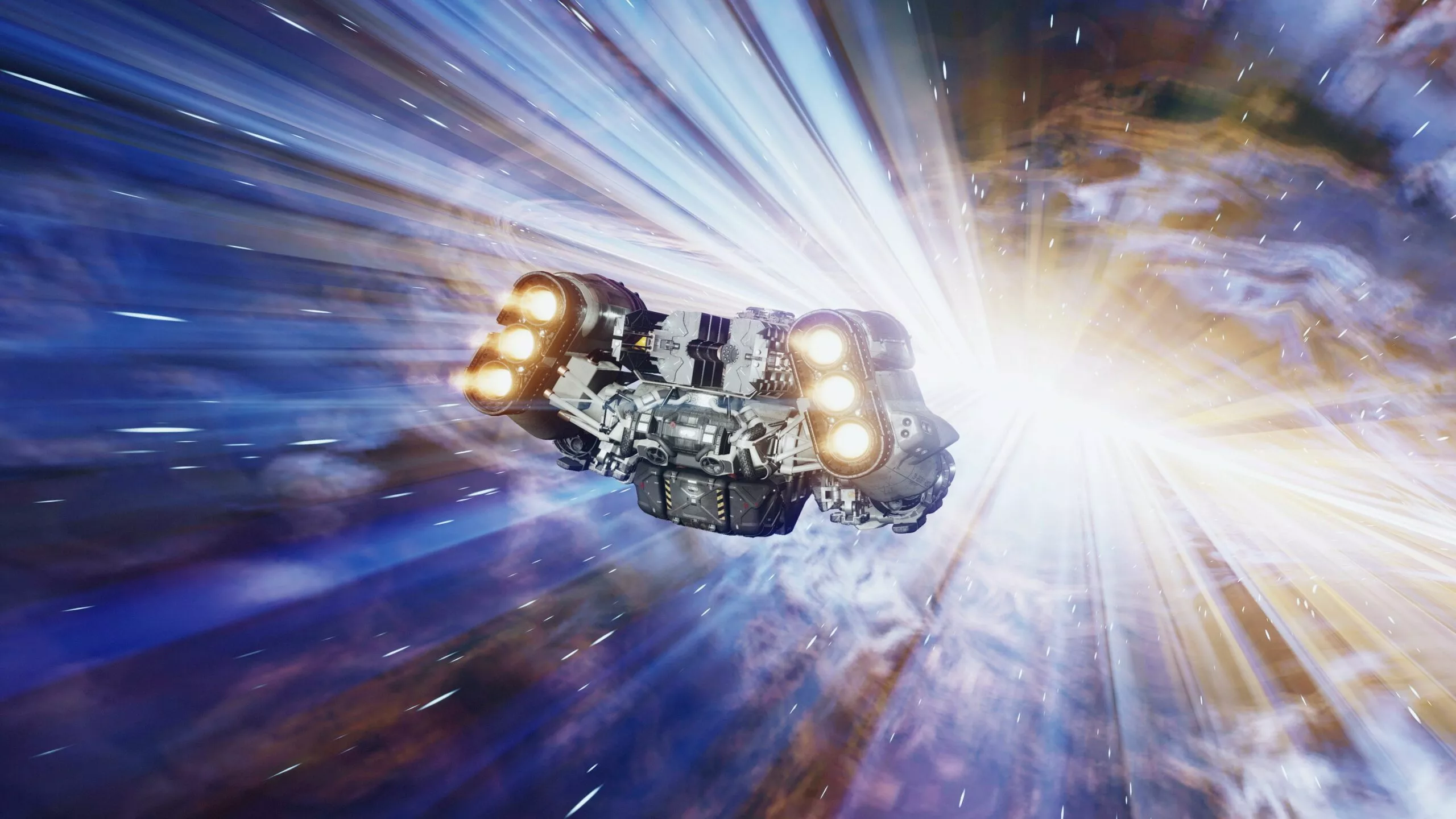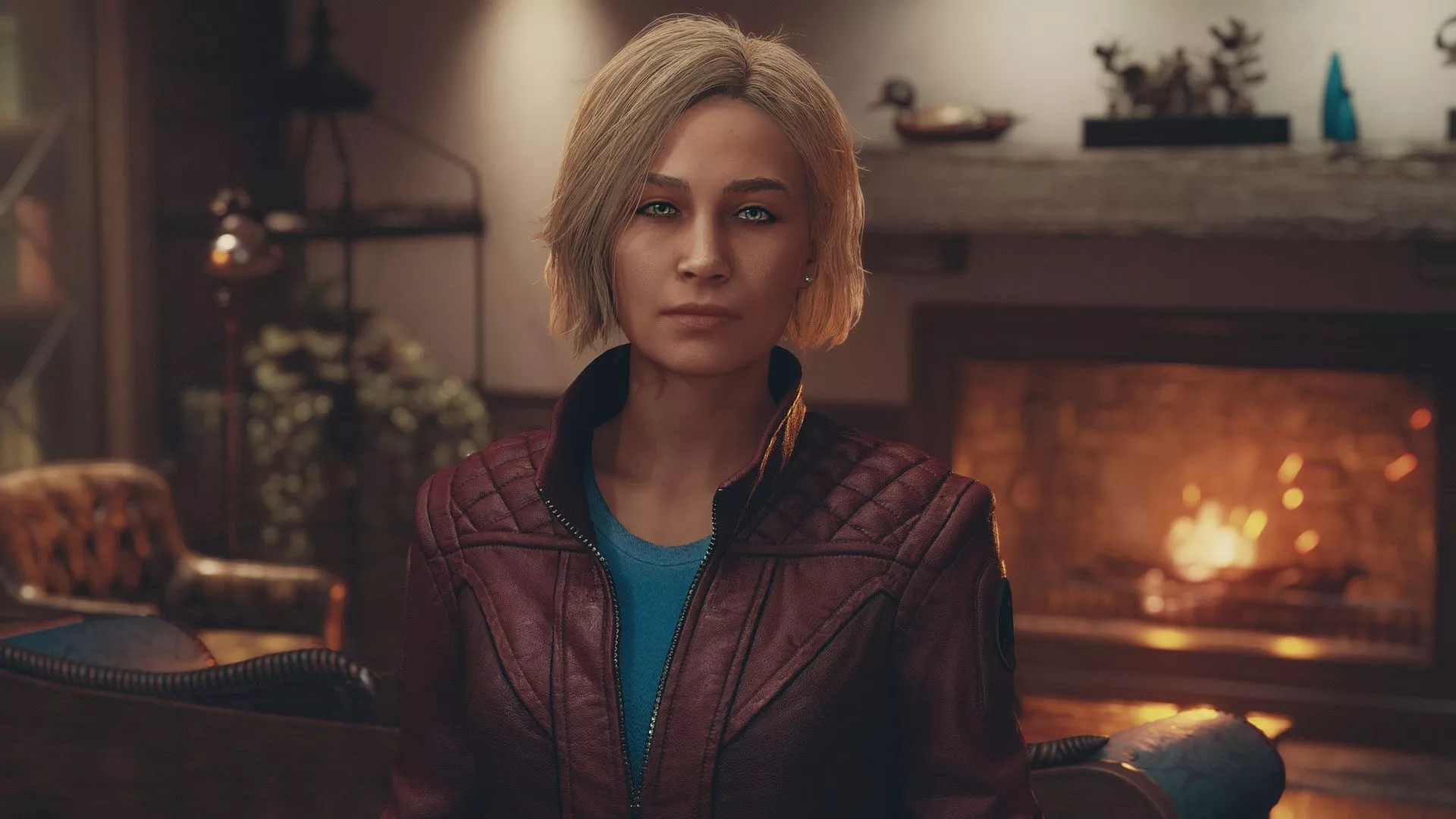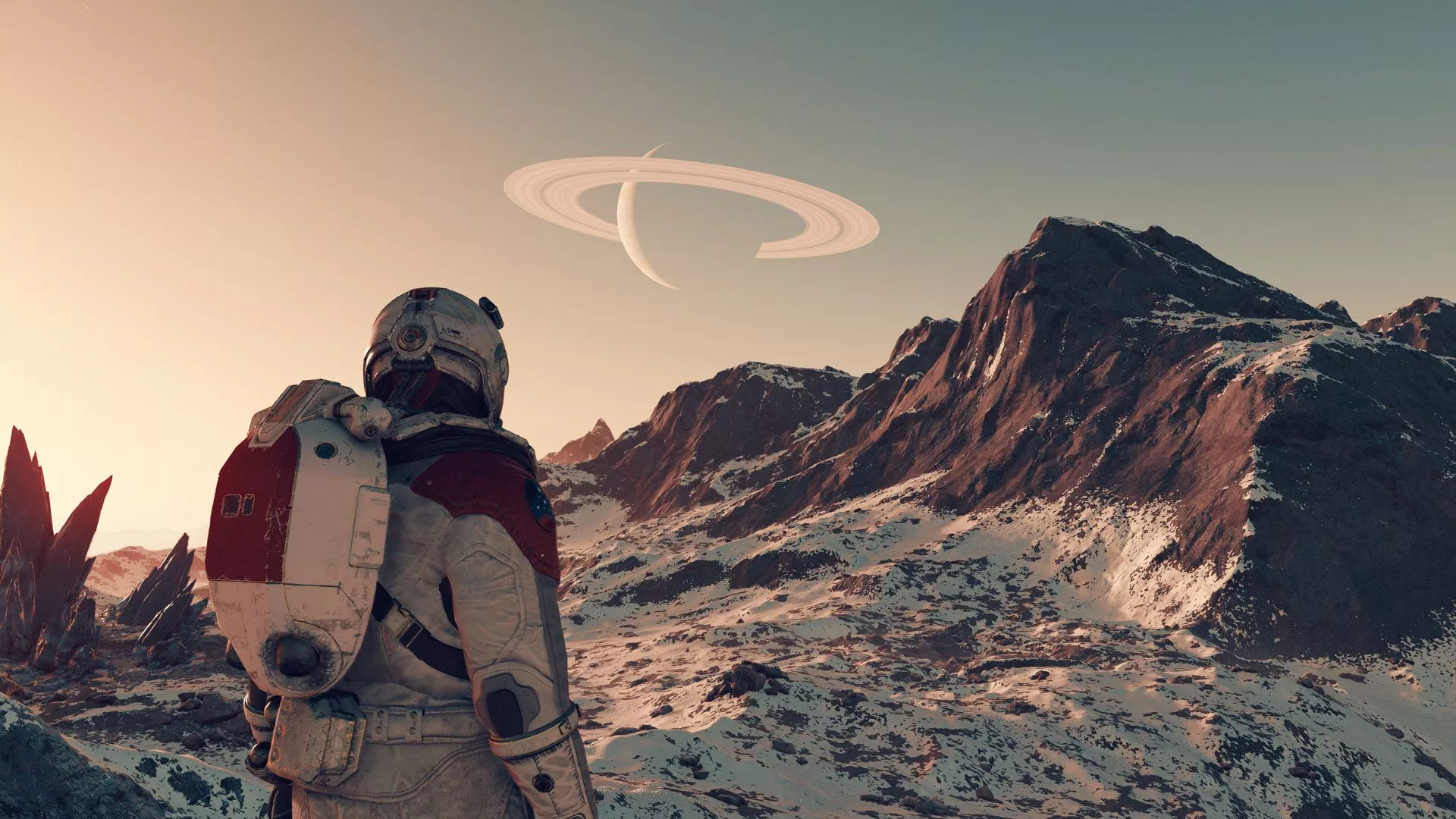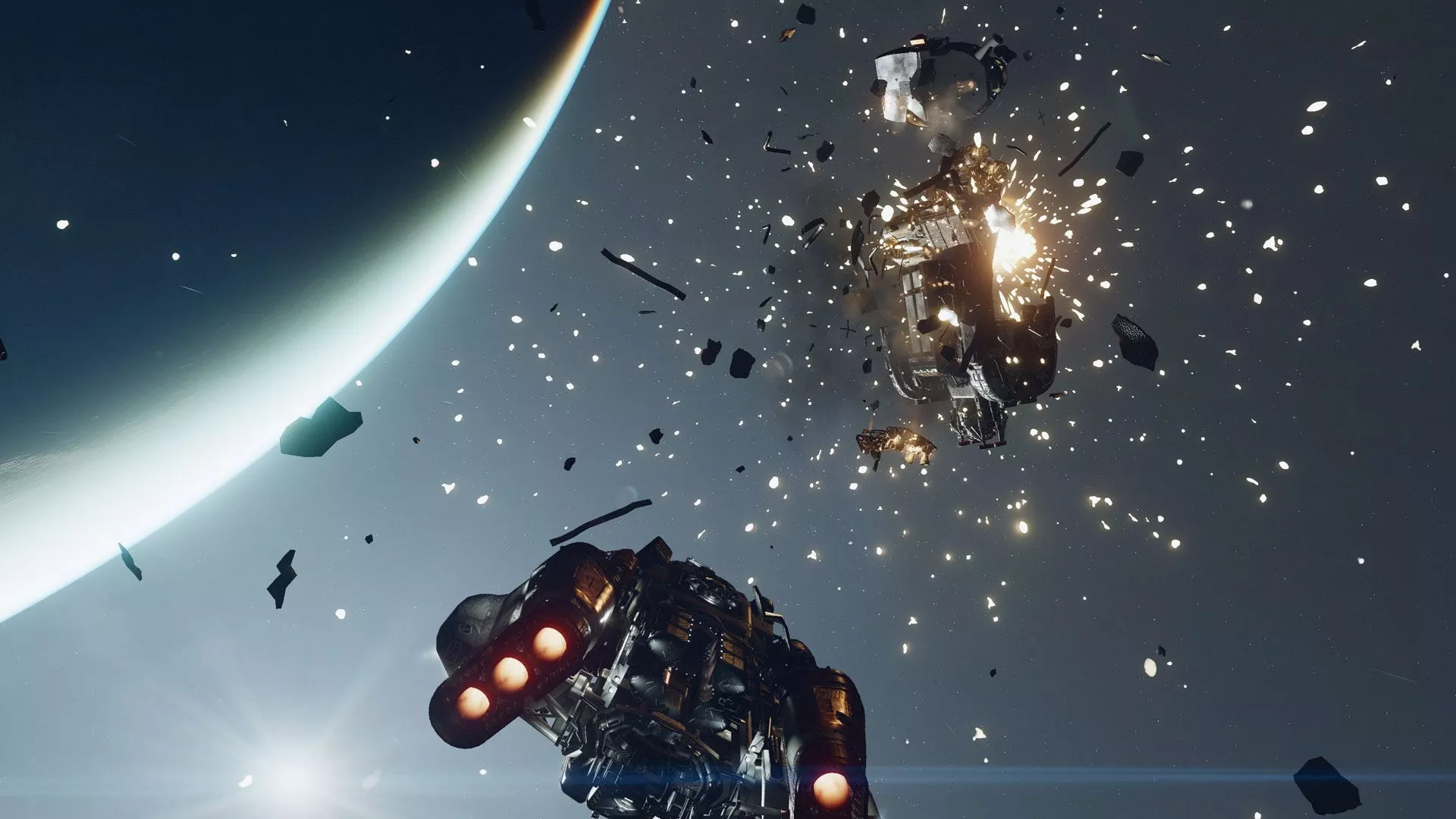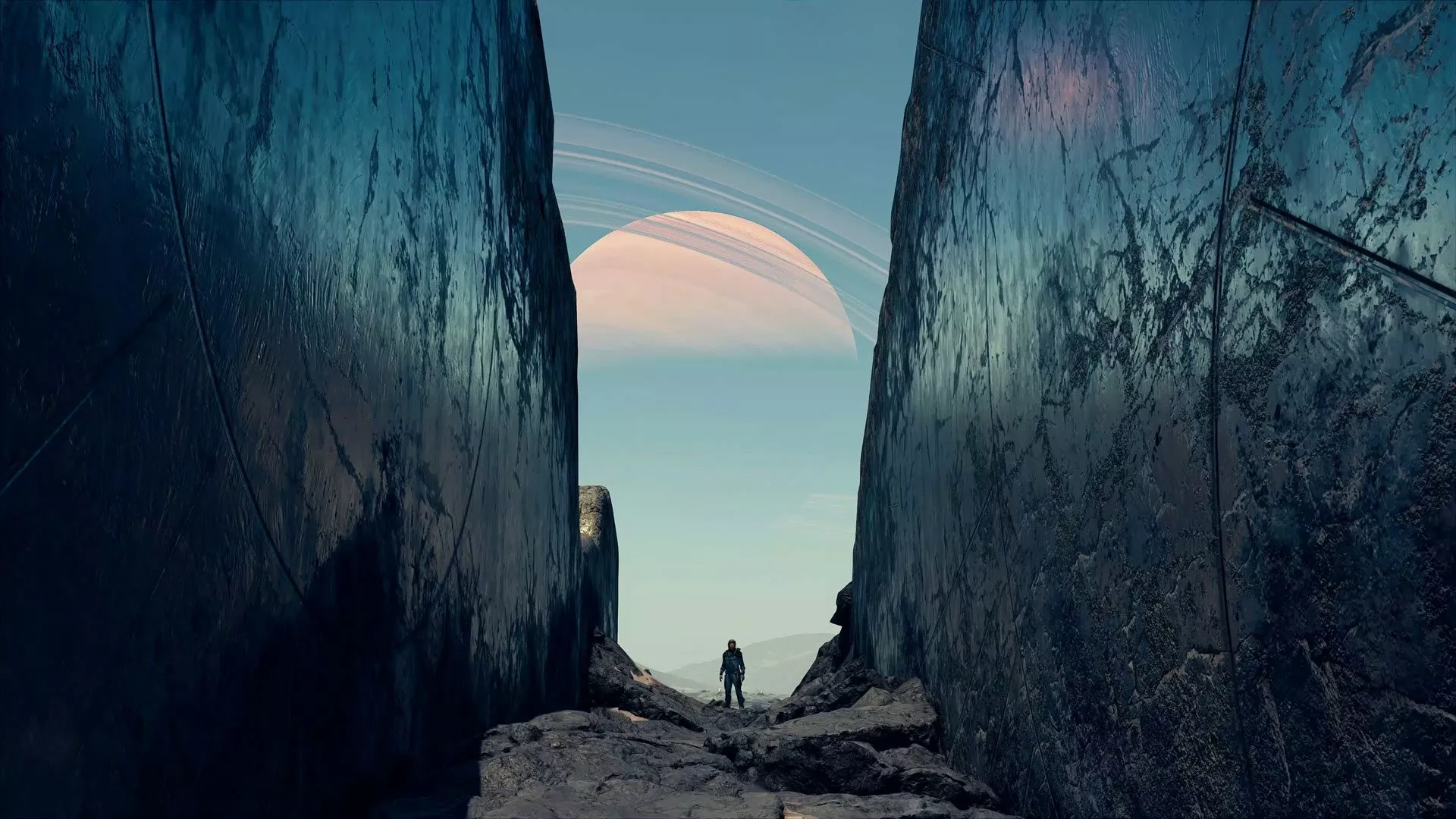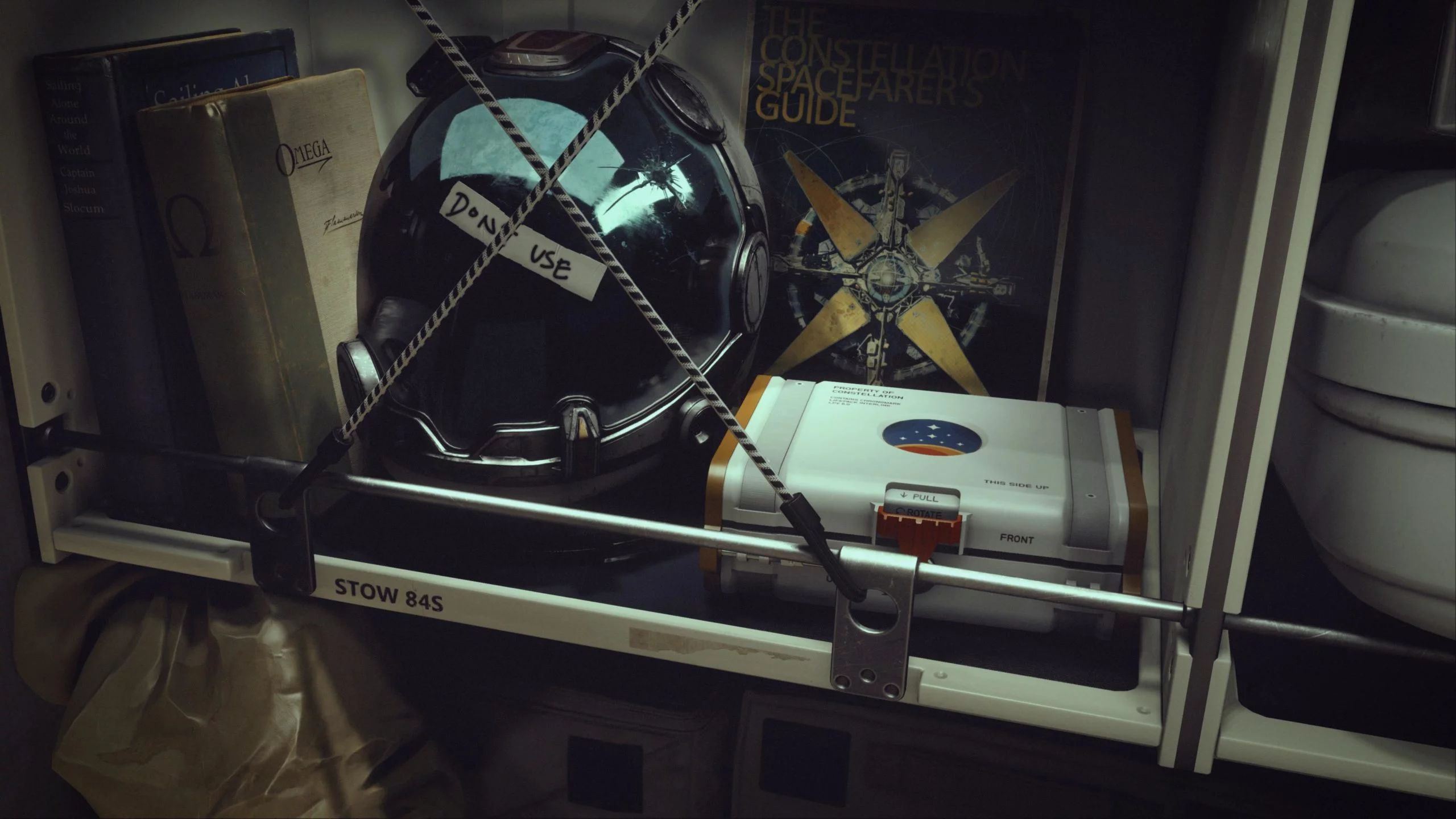Imperfect, but incredible.
For the last few years, Sony has been the head of the charge when it comes to exclusive titles both in quality and headcount. From The Last of Us, to Spiderman, and God of War, there’s never been a better time to own a Sony console. Team Xbox, however, has been trailing behind of late — Halo Infinite was far from the blockbuster of the series predecessors and Forza has somewhat of a limited target audience and a short shelf life; beyond that, there are no other games to write home about.
This year, both camps are only pushing one big exclusive release in the second half of this year; Sony is sticking with an already proven, successful formula coated in a well-loved and deeply-established IP with Spider-Man 2 in October. In contrast, Microsoft is taking quite a risk on new IP from its somewhat recent acquisition Bethesda — a publisher known for game-changing RPGs with shaky, bug-filled launches. With the release of the much anticipated and twice delayed Starfield, Microsoft has a lot riding on what is the first really big exclusive release it’s had in years.
Starfield comes from an RPG pedigree like no other, and its juggernaut of a marketing campaign touts something that we’re all expecting to be pretty special. But even if you ignore all the hype, the deep dive videos and the trailers, there’s good reason to be excited about Starfield — especially if you’ve loved its excellent (yet now somewhat aged) older siblings. While this absolutely delivers when it comes to all the RPG elements that Todd Howard and Bethesda are known for — like intricate and meaningful dialogue trees and mission structure that seamlessly blurs the lines between main and side questlines — there are others where expectations haven’t been met.
One of the big things that sets Starfield apart from others in the genre is its sense of exploration. Rather than trotting around Tamriel, a vast fictional continent for its time, Starfield spans not only multiple planets but solar systems. What you may not be aware of is that exploration is not quite as free and open as you might think. Marketing material for Starfield promises “unparalleled freedom” and, if after watching the deep dives and trailers you were expecting a smaller but prettier and refined version of No Man’s Sky, then temper those expectations. While that description isn’t entirely inaccurate, the sticking point is that landing at a location in Starfield (if you can call it that) grants you rights to explore a large rectangular section of the planet, but not the whole planet at once.
These locations are huge, but the game will not let you cross the boundaries of each section on foot; if you find yourself hitting a boundary, you’ll be faced with a pop-up message with the option to either continue exploring in a different direction or return to your ship from which you can “fly” (I promise I’ll get to it) back into space and land somewhere else on the planet in order to keep exploring. Some may scream from the rooftops about how this is not what was promised, or that it’s not free exploration.
The thing is, it’s not actually a big deal. Is it disappointing? Maybe a little. Does it impact gameplay? Barely. In my hours of exploring various moons and planets in Starfield, the only time I hit a barrier was when I was actively looking for one, and it took roughly 10 minutes of arduous walking in a straight line to do it. So consider this less of an issue and more of a trade-off to ensure worlds don’t look like the mushy nonsensical low-fi goop that features in No Man’s Sky; this game looks really damn good, all the time.
In the bustling hubs of planetary settlements and cities, or exploring barren moons even at the locked 30 frames-per-second on Series X, Starfield is a sight to behold. Wandering across the plains of an unknown planet covered in flora and some limited fauna and looking up to the sky to see multiple moons or other massive ringed planets in the sky never gets old. The cities I’ve visited so far range from heavily industrialised tech hubs, to underground bunkers and mines, and so much in between. To say more will risk spoiling things; just know that the variety is huge. The detail and design of the locations themselves maintains the illusion just enough that you almost don’t notice that the NPCs that bustle about the place are very obviously mindless drones rather than people going about their day.
This is even more of an issue when you actually engage with an NPC, which of course is what you’ll be doing more than anything else. Talking to a character is the same as it’s always been in games such as this. The camera will face the character dead on, and they’ll speak to you with very limited animations and often pretty deadpan facial expressions whilst making a very uncomfortable level of eye contact. Yeah I know this is how these games have always been, but surely I can’t be the only one that feels genuinely uncomfortable in these meetings? Can’t these people express at least some form of body language?
Sadly, the same applies to all character dialogue. Lines are delivered in very neutral, expressionless tones thus reinforcing the uncanny valley feeling of all interactions. Dialling the expression up just a few notches would have gone a long way to feeling some empathy towards these people; especially those you take along on your epic journey of self and actual discovery. However, these are little nitpicks rather than game breakers; issues such as this are easily overlooked when you get into the weeds of forever branching dialogue trees and the incredible deep and varied structure of the missions, most of which offer several ways to get the job done. That’s not to mention the sheer volume of tasks you’ll be charged with both along the main line and the optional missions, of which there must be hundreds.
In my very early stages — and by that I mean by the first 24 hours or so — I found myself enthralled in a series of side quests. I became an employee of a corrupt tech megacorp tasked with all manners of corporate espionage from stealing data from competitors, to detecting an internal saboteur across what must have been 10 missions or more that spanned hours and hours of gameplay. I persuaded NPCs to give up key information, performed stealth infiltrations on competitors’ offices and brute forced assaults on mining operations. I was waist deep in this questline before I realised that I had veered off the main path — and this is where RPG fans are really going to love Starfield. It’s just so easy to get lost in what you’re doing in a single city on a single planet only to be reminded that there’s a whole galaxy to explore.
This would be perfect if not for a few issues with progression and continuity that I faced during my playthrough. In an early mission, I was tasked to get my hands on an exceptionally valuable bottle of scotch as a peace offering between a father and his emancipated daughter. My options were to buy it at a ridiculous cost from a local bartender, convince the bartender to reduce the cost to something more reasonable, or steal a bottle from a local politician. The catch was that only a few missions prior I had blackmailed said politician. Naturally I went to his office anyway and was bizarrely greeted with a smile as though nothing had happened only hours before.
Moreover, and after reaching a pivotal point in the main quest line without too much challenge, I found myself facing a mission that was entirely impossible to complete, effectively forcing me to level up before I had a snowball’s hope in hell of progressing further. To be clear, I’m not just talking about the need to do a few extra missions and bump a few levels — this particular mission required not only a massive level increase, but also significant upgrades to my starship before I had a hope of completing it. This included upgrades that simply weren’t available to me for countless hours of gameplay.
While on the topic of starships, (I told you I’d get back to it) a further gripe that is absolutely worth mentioning is the fact that as a player, you do not have hands-on when landing your starship. Due to the aforementioned limited area of planetary exploration, there is no flying your ship around a planet within the atmosphere. Travelling between systems is simply a matter of selecting your location in your star map and fast travelling there, then picking the planet you want to land on, choosing either a custom marker as a landing site or an existing point of interest and then boom: a quick cutscene, and your ship’s landed.
Once you’ve got a handle on your star trek across the universe, Starfield becomes a game of fast travelling except with more steps. This, in turn, makes instances of actually flying your ship few and far between save for the very intentional dogfight missions that pop up from time to time.
Fighting in your ship is also not as exciting as most would like. There’s not a lot to it; out in open space — sometimes with some asteroids in the area to mix things up a bit — it’s like almost every other space flight sim out there since the 90s. Fighting consists of flying in circles until your opponent lets you get them in your crosshairs so you can blast them ‘til there’s nothing left. There’s not much that’s thrilling about it, though this has unfortunately been the case for most dogfighting games for so many years.
Noting Starfield’s setting, there was no option but to include the ability to fight other spacecraft. I would have liked to have seen some additional layers to combat. You do have the ability to hail and converse with NPC captains to try intimidate them into giving up cargo without a fight but within the fights themselves there’s really not much to it. As it is, the whole thing just feels tacked on; for the most part, combat can be easily avoided.
The same applies to resource gathering and base building, which is an absolute slog to get started. Multiple outposts can be built on most planets, but the resources required to build components — and the time taken to gather those resources — is just too damn slow. As you progress — and if you think carefully about where you start to build — automated high volume resource extractors can be crafted to help things along later on in proceedings; as stated, the time and effort required to actually get anywhere with this may be too much for even the most dedicated crafters out there. Once again this feature feels as though it was an inevitable, but tacked-on element.
First-person combat is about as refined as you’re likely to see within a Bethesda RPG. It’s not fast-paced and is instead strategic and calculated. A vast array of weapon types, both futuristic and familiar, are at your disposal with massive variations thanks to modifications. Shootouts are fun, challenging and engaging. There’s a little work to be done in refining how often appropriate health and ammo drops occur though; on more than one occasion I found myself out of ammo for my weapon of choice which forced me to use what the dearly departed baddies have dropped, only to find those weapons grossly underpowered for the enemies I was fighting at the time.
While some missions are specifically tailored for a stealth approach and these missions work ok, attempting to be stealthy in areas where Starfield wants you to go in guns blazing is a death sentence; this shows how in some aspects, freedom of choice in Starfield is a thinly-veiled illusion. On the plus side, once your feet are rooted firmly into the ground and the main questline has taken off an unexpected and very welcome dynamic is added — not only to firefights, but to many other aspects of how you’ll be able to then play Starfield.
It’s around this time that you start to forget the little things, and focus on the big things — that ranges from the huge variation in the worlds you’ll see right down to the characters you’ll meet. There are incredibly original missions that you’ll easily get lost in before you realise you’ve been off the beaten path for 10 hours or more, not to mention the missions you might create for yourself if you’re so inclined to spend the time gathering resources to build an outpost or two.
The sheer size of Starfield is staggering. Often when a developer or publisher tells you there’s hundreds of hours of content in a game, what this usually means is there’s 50 hours of content that’s been cut and pasted four or more times. This is certainly not the case here; missions are thoroughly unique and stitch together to build an epic story for yourself.
Bethesda’s latest offering is by no means perfect, and may not be for everyone. But for the sheer size of it, the beauty of the hundreds of different landscapes you can explore and the always engaging missions, Starfield is a massive technical achievement. Since it launches on Xbox Game Pass in a few days — or now if you want to shell out extra cash for a super special edition — you have no excuse to not play it. When you do, just make sure you give it at least 24 hours of gameplay to see what it’s really all about.
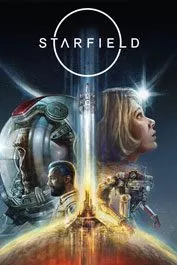 |
Starfield6 September 2023PC Xbox Series S & X |
Starfield was reviewed using a promotional code on Xbox Series X, as provided by the publisher. Click here to learn more about Stevivor’s scoring scale.
This article may contain affiliate links, meaning we could earn a small commission if you click-through and make a purchase. Stevivor is an independent outlet and our journalism is in no way influenced by any advertiser or commercial initiative.


